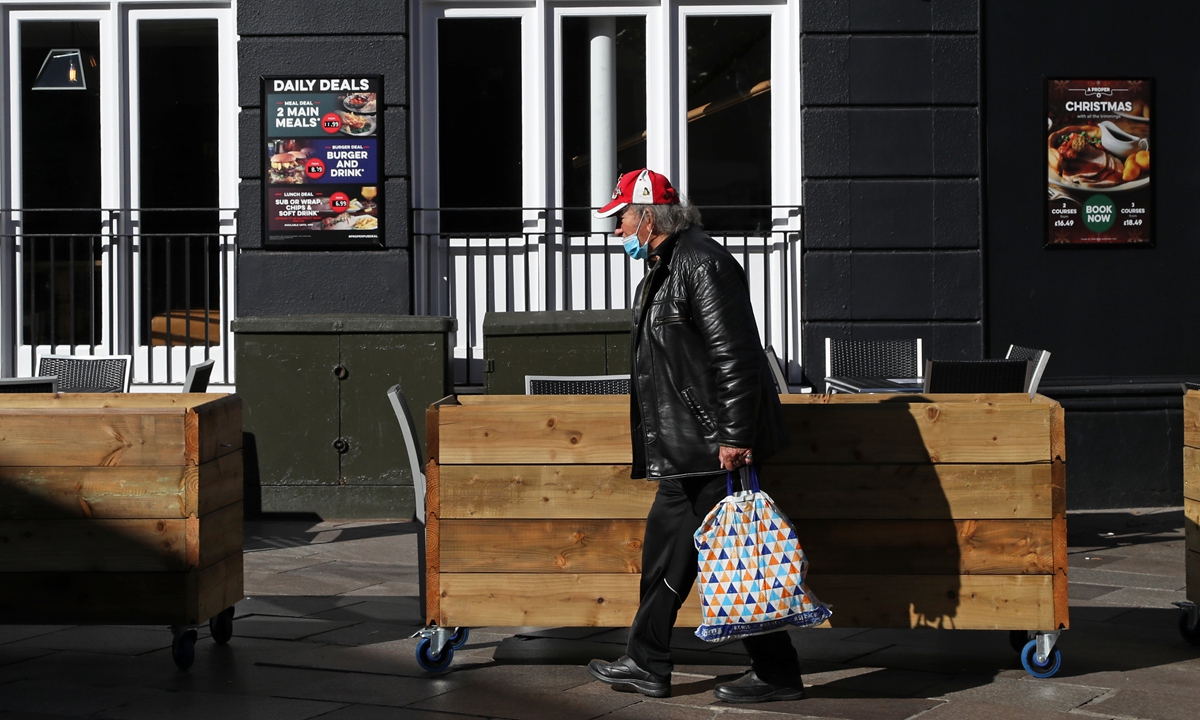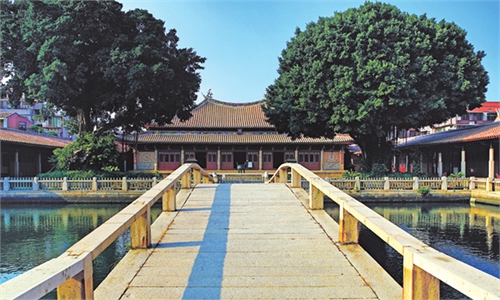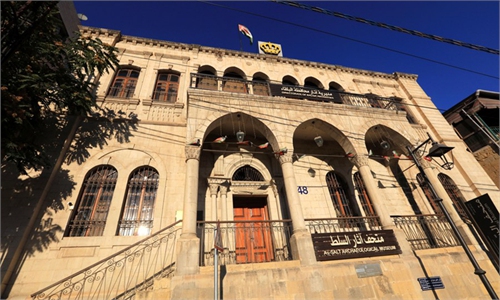
A man wearing a protective face mask walks past the Owain Glyndwr pub in Cardiff, south Wales on Sunday, during preparations for the reinstatement of a lockdown, ahead of a 6 pm deadline, as new restrictions are introduced to combat the spread of the novel coronavirus. Cardiff will become the first UK capital to go into local lockdown since a national shutdown earlier this year.
The UN's cultural agency UNESCO on Wednesday added a Welsh slate mining landscape to its list of world heritage sites, making it the 32nd location in the UK awarded the status.
The Slate Landscape of Northwest Wales in the county of Gwynedd was made a UNESCO World Heritage Site at the remotely-held 44th session of the World Heritage Committee.
The designation comes one week after the world heritage body stripped the city of Liverpool's waterfront of the accolade to the dismay of local and national politicians.
"The quarrying and mining of slate has left a unique legacy which the communities are rightly proud of," said Welsh First Minister Mark Drakeford.
"This recognition will help preserve that legacy and history in those communities for generations to come and help them with future regeneration."
British heritage minister Caroline Dinenage called the decision "a huge achievement" and hoped it would create economic opportunities in the mostly rural region.
UNESCO's heritage list features more than 1,100 sites, which must meet at least one of its 10 criteria and demonstrate "outstanding universal value" to be included.
Other heritage sites include India's Taj Mahal palace, the Grand Canyon National Park in the US and Peru's Machu Picchu landscape.
Gwynedd's slate mining past has left quarries, steam railways, industrial buildings and water systems in a mountainous region that encompasses Snowdonia National Park.
The Wales slate landscape is the fourth Welsh site to receive UNESCO recognition alongside the Blaenavon Industrial Landscape in south Wales, the Pontcysyllte Aqueduct, plus four 13th-century castles and two town walls in Gwynedd.
Slate quarrying has been carried out in the area for more than 1,800 years, with the material used to roof public buildings, homes and factories.
Northwest Wales became a center of global slate production in the 19th century, and Wales provided about one-third of the world's roofing slate at the industry's peak.
Welsh slate was used to build many landmarks, such as Westminster Hall in London's parliament building, Copenhagen City Hall in Denmark, and Melbourne's Royal Exhibition Building as well.
UNESCO also awarded a double listing to the city of Bath in England, which is now one of 12 European spa towns designated by the UN body.
AFP



